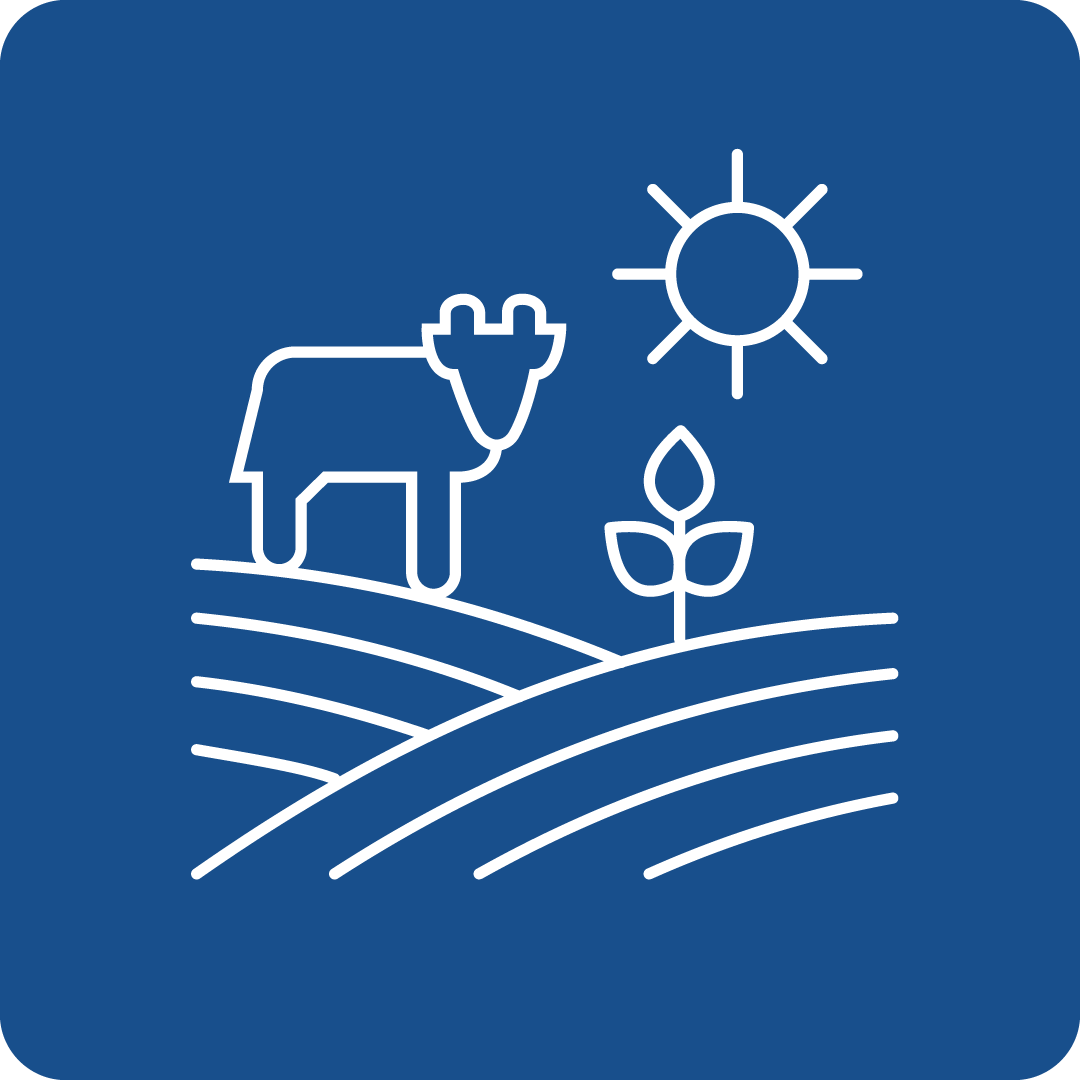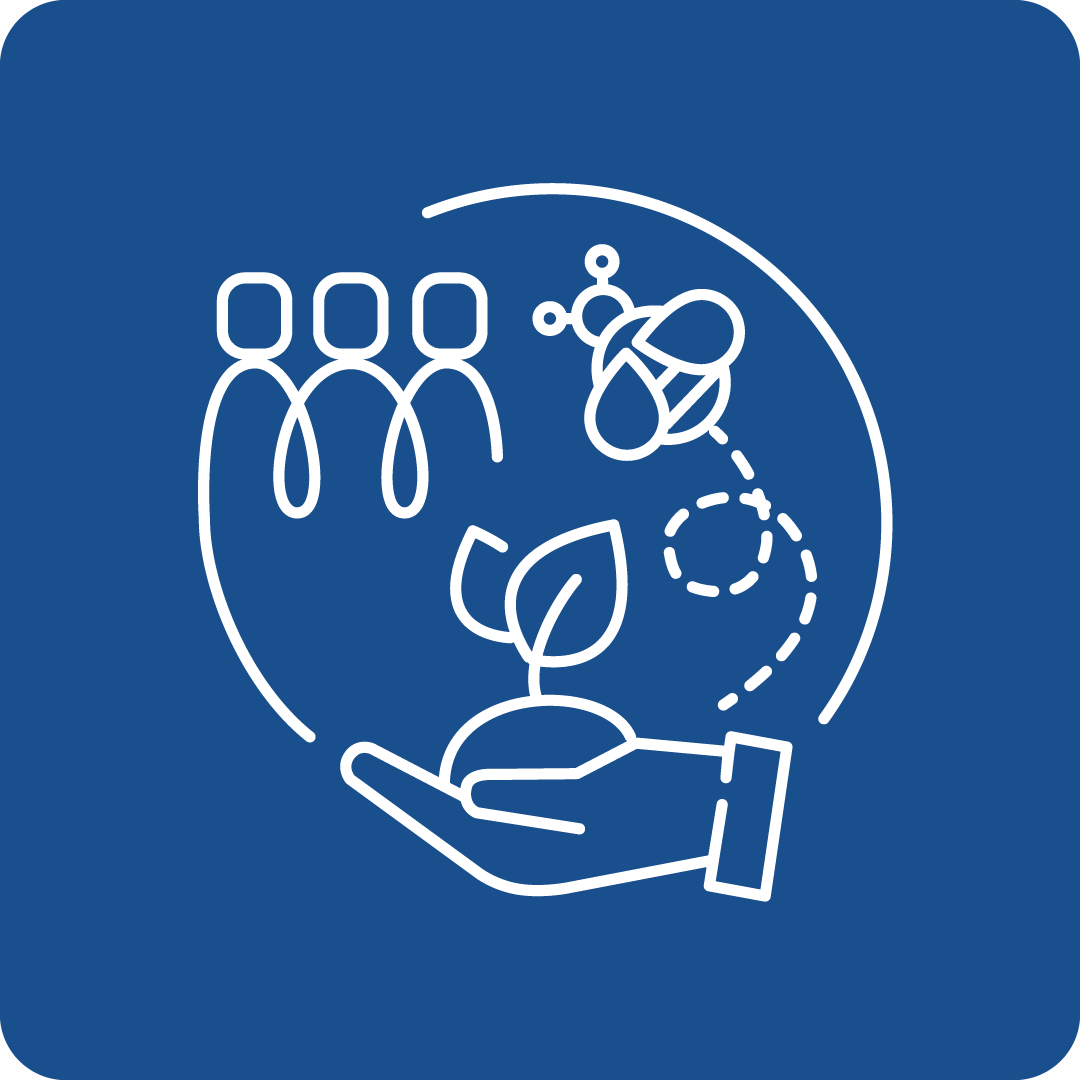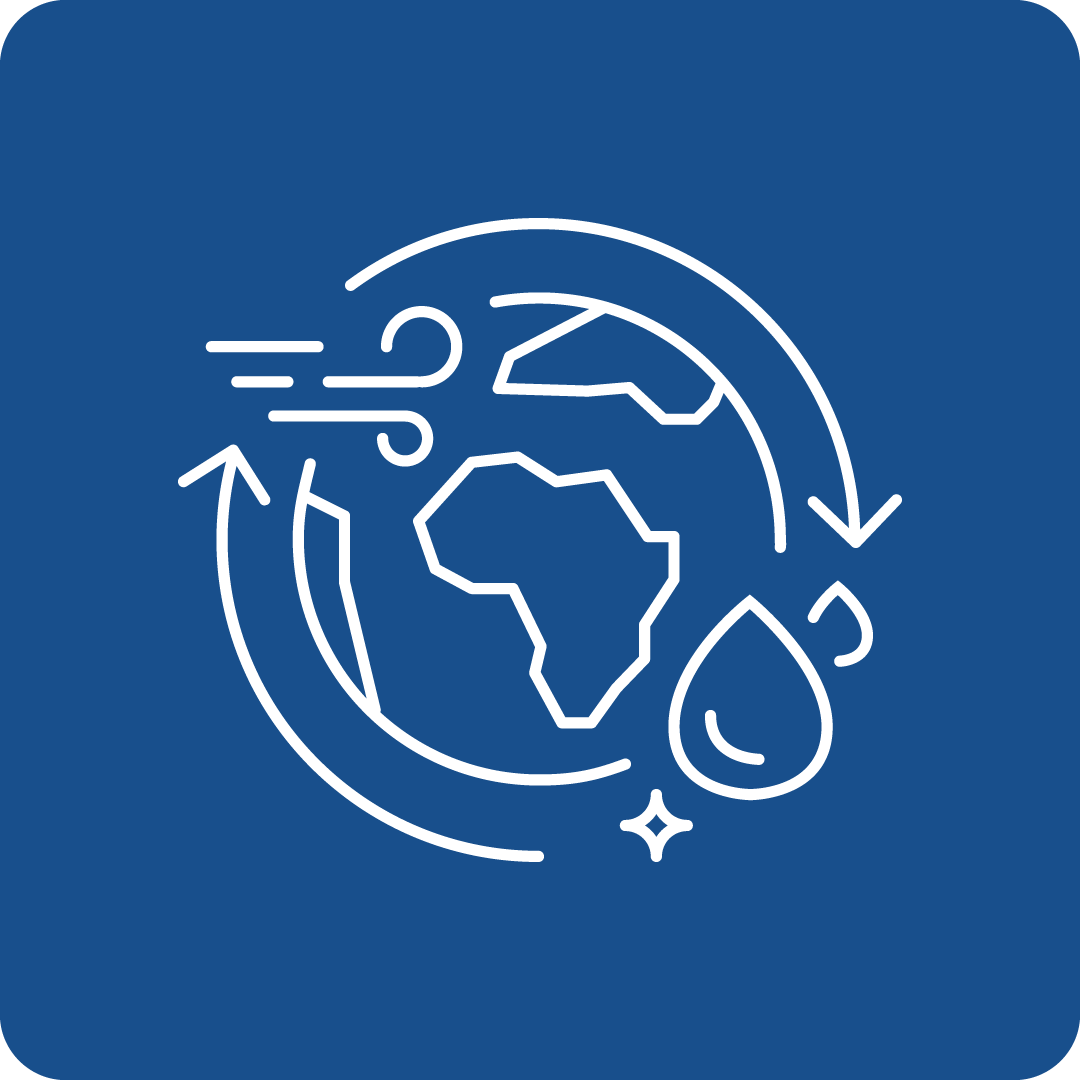Filter Search for grants
Call Navigation
Deadline expired
The deadline for this call has expired.
Call key data
Circular Economy, resources from Waste, Air, Water, Soil, Noise, Chemicals, Bauhaus
Funding Program
LIFE - sub-programme “Circular Economy and Quality of Life”
Call number
LIFE-2024-SAP-ENV-ENVIRONMENT
deadlines
Opening
18.04.2024
Deadline
19.09.2024 17:00
Funding rate
60%
Call budget
€ 73,000,000.00
Estimated EU contribution per project
between € 2,000,000.00 and € 10,000,000.00
Link to the call
Link to the submission
Call content
short description
The aim is to facilitate the transition toward a sustainable, circular, toxic-free, energy- efficient/climate-resilient economy and toward a toxic-free environment as well as to protect, restore and improve the quality of the environment.
Call objectives
The specific objective is to cover one or more of the following topics (the description is further detailed in the sections afterwards):
- Circular Economy and Waste
- Air
- Water
- Soil
- Noise
- Chemicals
- A new European Bauhaus
Please note that the assessment of the extent to which the project is in line with the specific priorities of the call (part of Award criterion 1) will be done exclusively on the basis of the topics identified and described under section ‘Compliance with LIFE programme objectives and call topic’ of the Standard application form. Please also note that a maximum of two sub-topics will be considered (e.g.: Air quality improvement and emission reduction of PM.... solutions and Sustainable road transport mobility....platforms.).
Expected effects and impacts
Applicants are expected to define, calculate, explain and achieve the expected impacts as described in the Award criterion ‘Impact'.
All LIFE proposals will have to report on their expected outputs and impacts taking into account the LIFE Key Performance indicators (KPIs). These KPIs will contribute to evaluating the impact of the LIFE proposals on an environmental but also socio-economic level (e.g. via actions impacting the local economy and population).
Applicants should review relevant indicators in Part C of the eGrant application and complete them with the estimated impact of the project. Part C data should be coherent with the description of impacts of section 2 of Part B of the Application Form.
In case Part C does not include impact indicators that are important for your project (e.g.: NOx emission reduction in case of Air quality projects) you should make use of the indicator “Other project specific KPIs” in Part C and provide a relevant description of such indicators in section 2 of Part B of the Application Form.
If relevant, projects must upload a Geographic Information System (GIS) file and associated data of the specific geographical area where the intervention took place as a deliverable in their final report. This map should enable to spatially visualise the impact already reported in the KPI database. The specific format and technical requirements of the GIS files will be provided to the supported projects during their implementation.
More detailed KPI information will be requested during the project implementation time.
read more
Expected results
Activities that can be funded. More detail can be found on pages 12-22.
- Circular Economy and Waste
- Recovery of Resources from Waste
- Implementation of innovative solutions to support value-added recycled materials, components or products
- Implementation of innovative solutions for the identification, tracking, separation, prevention and decontamination of waste containing hazardous substances (e.g. asbestos), to enable value-added recycling of the treated waste and safe disposal of the hazardous substances or reducing the scale of the problem within the framework of the project. Special attention should be given to those substances considered as the most harmful for the environment and human health, also known as substances of concern.
- Circular Economy and the Environment
- Implementation of business and consumption models or solutions to support value chains, particularly the key product value chains set out in the new EU Action Plan for the Circular Economy, aiming at reducing or preventing resource use and waste
- Recovery of Resources from Waste
- Air: The thematic priority “Air” focuses on the implementation of air quality legislation and a comprehensive approach to related urban, industrial and rural environmental problems.
- Air quality and the NEC Directive: Where not explicitly stated otherwise, air quality projects should generally focus on urban areas, or on approaches for rural areas with a large replicability potential in the EU, in order to cover as many people as possible.
- Air quality improvement and emission reduction of particulate matter (PM)
- Sustainable road transport mobility aiming at emissions of air pollutants, the reduction of which is essential for helping meet air quality standards
- Sustainable mobility, other than road transport, including maritime transport, ports, aviation and Non Road Mobile Machinery (NRMM) mobility, including their supporting infrastructure and logistics
- Reduction of ammonia, methane and PM emissions from agriculture in support of the implementation of the upgraded UNECE Code of Good Practice for reducing emissions from agriculture
- Industrial Emissions Directive: Application of pollution prevention and abatement techniques referred to in the Industrial Emissions Directive as emerging techniques or development and application of pollution prevention and abatement techniques, which could qualify as candidate emerging techniques under the Industrial Emissions Directive’s BREFs review process. Projects will focus on the reduction of air pollutants and should notably address PM2.5, NOX, SO2, NH3 and/or NMVOCs generated by industrial installations regulated by the Industrial Emissions Directive (IED).
- Air quality and the NEC Directive: Where not explicitly stated otherwise, air quality projects should generally focus on urban areas, or on approaches for rural areas with a large replicability potential in the EU, in order to cover as many people as possible.
- Water: Green Deal strategies may support: reduction of pollution through the Farm to Fork Strategy and the Zero Pollution Action Plan, restoration of aquatic nature through the Biodiversity Strategy, addressing sources of chemicals pollution through the Circular Economy Action Plan and the Chemicals Strategy, shift to renewables (except small hydropower) as a result of stepped up climate action, etc.
- Water quality & quantity
- Improvement of water quality
- Implementation of flood and/or drought risk management actions
- Innovative projects addressing hydro morphological pressures identified in River Basin Management Plans and originating from land or water uses in order to achieve good water status or potential as required by the Water Framework Directive objectives and attain the objectives of the EU Biodiversity Strategy. This could include projects working on development of sediment transport management techniques and solutions, ensuring ecological flow, removal of obstacles, etc.
- Implementation of innovative water saving measures in order to reduce the quantitative and qualitative pressures on water bodies/resources. This includes measures for reduction of over-abstraction of water taking into account circular economy measures.
- Marine and coastal water management
- Application of innovative solutions (tools, technologies or practices) to ensure the protection and conservation of the seas, oceans and their coasts, by fostering sustainable human activities within the marine environment. This would include initiatives aimed at reducing the pressure of human activities on the marine environment.
- Water services
- Application of innovative technologies and tools for drinking water and urban wastewater treatment systems
- Application of innovative tools ensuring the resource efficient provision of water services compliant with the revised Drinking Water Directive and the Urban Waste Water Treatment Directive to population living in rural areas
- Improvement of the efficiency and effectiveness of innovative solutions and/or innovative treatment options regarding recycled/reclaimed water
- Water quality & quantity
- Soil
- Implementation of actions to protect the quality of EU’s soil
- Restoration, protection and improvement of soil health and prevention of soil degradation including soil loss also through innovative actions
- Noise: Under this heading, priority will be given to projects in urban areas in order to improve the situation for a maximum number of persons.
- Substantial reduction of noise inside densely populated urban areas through solutions with high environmental and economic sustainability; for instance, by using low noise surfaces and/or tyres having life cycle costs comparable to those of standard surfaces and/or tyres, low height barriers with low landscape impact and eco-friendly materials, or lowering noise from railway traffic or airports.
- Chemicals
- Prevention and Reduction of the impact on the environment or human health, of hazardous substances
- Prevention and Reduction of the impact on the environment or human health of chemical production and use across the value chain
- Digital innovations for advanced tools, methods and models, and data analysis capacities to also move away from animal testing.
- Implementation of safe- and sustainable-by-design solutions, including through the development, commercialisation, deployment and uptake of safe- and sustainable-by-design substances, material and product.
- Facilitation of the implementation of the Seveso III Directive (Directive 2012/18/EU) on the control of major-accident hazards involving dangerous substances through deployment of particularly cost-effective methodological tools for carrying out human health and environmental risk mapping, and for addressing domino effects. Projects shall foresee the demonstrative application of these tools by different duty holders and implement risk preventing or reducing measures on their basis.
- A new European Bauhaus
- Proposals focussed on a holistic reduction of environmental impacts of new buildings
- Proposals on circular districts involving creation of circular value chains to boost urban economies whilst producing urban and territorial regeneration.
- Proposals for maintaining or restoring biodiversity that contribute to the implementation of the New European Bauhaus initiative. This may include, for example, demonstrating biodiversity friendly practise for the energetic isolation of buildings, innovative architectural approaches for wildlife-friendly buildings, etc.
read more
Eligibility Criteria
Regions / countries for funding
Moldova (Moldova), Iceland (Ísland), North Macedonia (Северна Македонија), Ukraine (Україна)
eligible entities
Education and training institution, International organization, Non-Profit Organisation (NPO) / Non-Governmental Organisation (NGO), Other, Private institution, incl. private company (private for profit), Public Body (national, regional and local; incl. EGTCs), Research Institution incl. University, Small and medium-sized enterprise (SME)
Mandatory partnership
No
Project Partnership
In order to be eligible, the applicants (beneficiaries and affiliated entities) must:
- be legal entities (public or private bodies)
- be established in one of the eligible countries, i.e.:
- EU Member States (including overseas countries and territories (OCTs))
- non-EU countries:
- listed EEA countries and countries associated to the LIFE Programme (associated countries) or countries which are in ongoing negotiations for an association agreement and where the agreement enters into force before grant signature (list of participating countries)
- the coordinator must be established in an eligible country
Entities from other countries (not listed above) are exceptionally eligible, if the granting authority considers their participation essential for the implementation of the action (see work programme).
Natural persons are NOT eligible (with the exception of self-employed persons, i.e. sole traders, where the company does not have legal personality separate from that of the natural person).
International organisations are eligible. The rules on eligible countries do not apply to them.
EU bodies (with the exception of the European Commission Joint Research Centre) can NOT be part of the consortium.
Entities which do not have legal personality under their national law may exceptionally participate, provided that their representatives have the capacity to undertake legal obligations on their behalf, and offer guarantees for the protection of the EU financial interests equivalent to that offered by legal persons.
other eligibility criteria
Financial support to third parties is allowed under the following conditions:
- the calls must be open, published widely and conform to EU standards concerning transparency, equal treatment, conflict of interest and confidentiality
Additional information
Topics
Relevance for EU Macro-Region
EUSAIR - EU Strategy for the Adriatic and Ionian Region, EUSALP - EU Strategy for the Alpine Space, EUSBSR - EU Strategy for the Baltic Sea Region, EUSDR - EU Strategy for the Danube Region
UN Sustainable Development Goals (UN-SDGs)
![]()
![]()
![]()
![]()
![]()
![]()
project duration
between 24 and 120 months
Additional Information
Proposals must be submitted electronically via the Funding & Tenders Portal Electronic Submission System (accessible via the Topic page in the Search Funding & Tenders section. Paper submissions are NOT possible.
Project acronym — Your project acronym must include the word LIFE.
Proposals must be complete and contain all the requested information and all required annexes and supporting documents:
- Application Form Part A — contains administrative information about the participants (future coordinator, beneficiaries and affiliated entities) and the summarised budget for the project (to be filled in directly online)
- Application Form Part B — contains the technical description of the project (to be downloaded from the Portal Submission System, completed and then assembled and re-uploaded)
- Part C (to be filled in directly online) containing additional project data
- Mandatory annexes and supporting documents (to be uploaded):
- detailed budget table
- participant information
- Optional annexes
- letters of support
- cofinancing declarations
- Maps
- Description of sites
- Description of species and habitats (n/a)
- Activity Annual report (n/a)
- Other annexes (for example: lifecylce analysis, business plans etc.)
Proposals are limited to maximum 120 pages (Part B).
Call documents
LIFE-2024-SAP-ENV Call documentLIFE-2024-SAP-ENV Call document(1142kB)
Contact
To see more information about this call, you can register for free here
or log in with an existing account.
Log in
Register now



